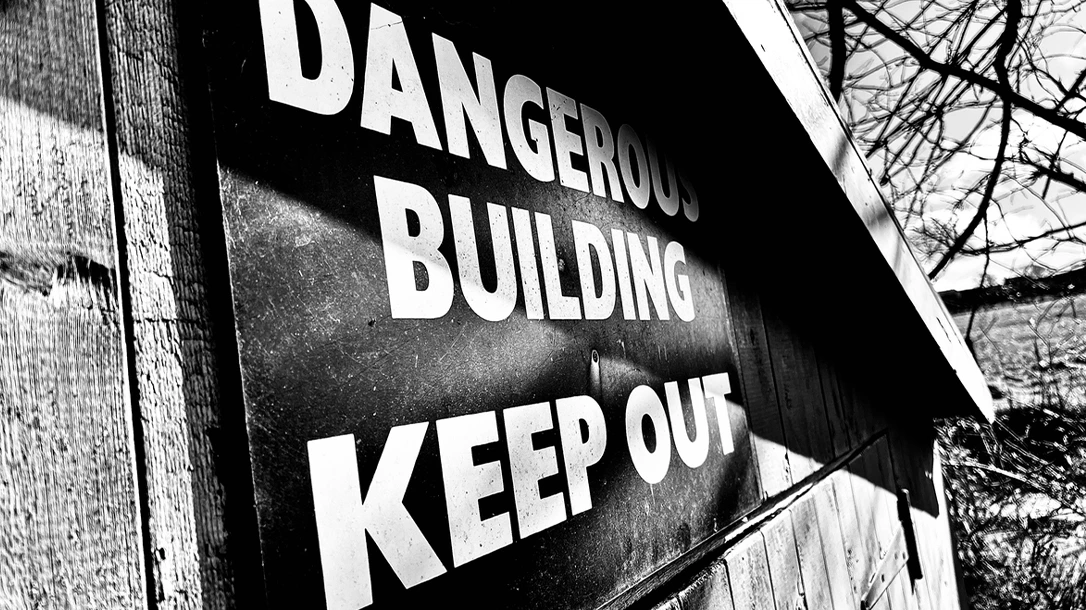Many people have a fear of heights. Going up dozens upon dozens of stories in a skyscraper can give people anxiety and overall uncomfortableness. Once they enter the floor that’s hundreds of feet off the ground, it may even be difficult for them to look out the window without feeling dizzy or a little stressed. Now, imagine if that person is you, but now you’re on the outside of the building climbing to the top, and doing it all without ropes or other safety aids. That is what anurban free climber does and believe it or not, they do it for thrills, excitement, and the overall funof the experience.. But what drives them to perform this seemingly life-ending trill? Here you’llget a firm handhold and foothold on an urban climber’s motivations, training, and their interaction with the long arm of the law.

The Driving Force of Urban Climbing
From the onlooker’s perspective, an urban climber would be described as crazy or insane to attempt such a life-threatening endeavor. However, each climber who undertakes the journey to the top of a skyscraper (this type of climbing is actually called buildering) has their own personal reason or reasons why they do it. For some, it’s the sheer freedom of of the experience, not being tethered or restricted by ropes. It’s just them against the obstacle (in these cases, a several hundred foot building.) For others, it’s a mental game, with the intricacies of the climb actinglike a puzzle for them to solve and deducing the best route for success. Some climbers do it for the sheer challenge. Like an addictive habit, going bigger and bigger is needed to satisfy their “craving.” If they felt they conquered nature’s formations, then manmade structures would naturally be next on their list.
Extreme Physical Conditioning
Buildering is not for the newbie. That much is absolutely true. But it is also not for the intermediate or advanced climbers either. Buildering requires a mastery of climbing. Expert level is the lowest level of climber that should attempt such feats. Saying buildering is top tier climbing is no exaggeration. An urban climber will find themselves in situations never before experience in the natural world and because of this, their body must be in peak shape. Consistent workouts in the gym, indoor climbing centers and at home are an absolute must before their hand ever touches a concrete wall in the center of the city. Exercises including finger pull-ups, finger hangs, finger planks, inclined push-ups, and lateral pull-ups all performed daily is just the tip of the iceberg when it comes to a consistent training regimen.

A Steady Mind
As mentioned, the human body must be in peak form to attempt buildering, but a climber’s mental clarity and sharpness must also be spot-on for them to succeed. Just knowing that any wrong move more than fifty feet up (that’s the maximum height someone could survive a fall) would mean instant death, a climber must have nerves of steel to shake this fact and not allow it to affect their climb.
Additionally, Buildings are not like natural rock formations, in that they don’t, in many cases, have a varied surface to climb. Repetitive movements can tax the same muscles constantly. Just knowing this and still having to repeat each move dozens of stories upward could wreak havoc on their patience and sharpness. Furthermore, hitting an unclimbable point halfway up a tall skyscraper is also mentally taxing. Weak structures to hold or a sheer surface without a hand or foothold could throw a wrench in their ultimate ascent plan.
Thinking on-the-fly and being able to calmly deduce a solution can mean the difference between life and death. Finally, nature doesn’t stop just because the climb is in the city. Intense winds, unexpected rain, or blistering sun can all work together to shatter a climber’s once solid mental faculties. There are many cogs in the machinery when buildering and if a climber isn’t in-tune with them all, bad things will happen.

The Long Arm of the Law
Climbing to the top of buildings, as mentioned, have a variety of obstacles that must be overcome. However, when you’re at the top and celebrating your success, there could be more trouble for you in the form of law enforcement. Unless granted permission by the building’s owners (which is nearly impossible to do) you are considered a trespasser and can be arrested as such. You can incur a charge of first, second, or third degree criminal trespass.
Though they may be misdemeanor charges, in some cases they can be escalated to a felony. This would happen to the climber if they have repeated past offenses, climb into a highly restricted area, or happen to destroy property on their way up the building. Bear in mind that this applies to laws within the United States. When scaling buildings abroad, be sure to research that country’s particular laws on buildering. What may be a minor infraction here on US soil may be quite severe overseas. You wouldn’t want to make a jail cell be the location of your celebratory party.
Don’t Fall for It
As mentioned earlier, a skyscraper free climber must be in top form both mentally and physically to attempt the urban climb. However, even the most seasoned, most experienced, and most prepared climbers do die at times pursuing their passion. If you have aspirations to become an urban climber, I suggest your rethink your decision., not once, not twice, but a few dozen times before you chalk your hands and reach for your first handhold off the ground. Remember, there are no do-overs when you’re a hundred feet or so, pressed against a glass window and with a grip that’s slipping.






















